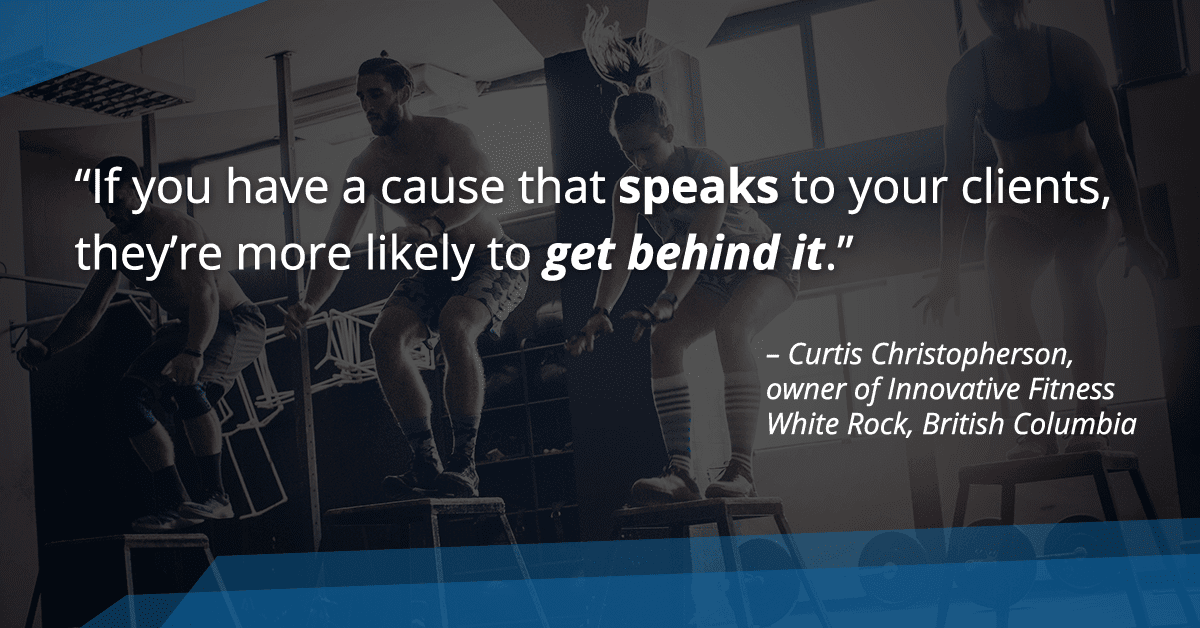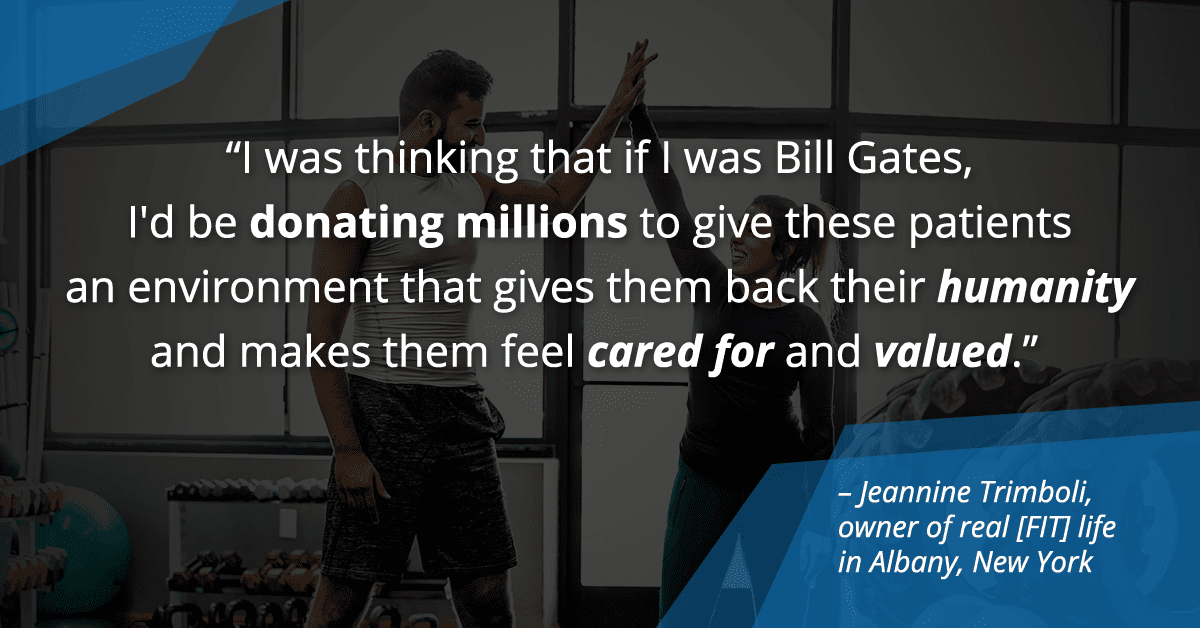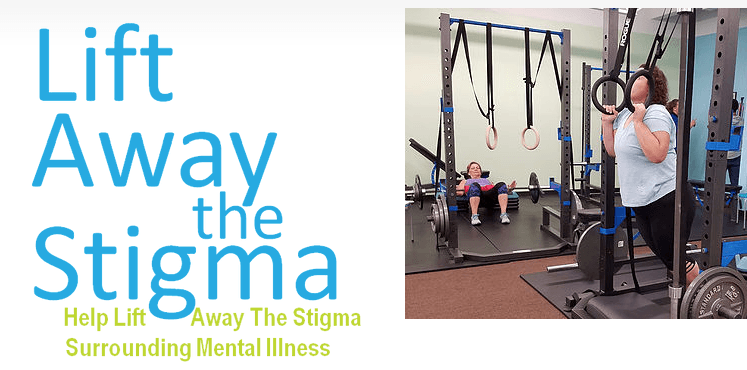Curtis Christopherson is nothing if not ambitious. He started training clients at 16, got in on the ground floor of Innovative Fitness when he was 21, and at 23 opened his own IF franchise in White Rock, British Columbia. He now owns all of IF. Additionally, he co-owns Rad Roller, which he says is the second-largest mobility-products company in the world, and Reflex Supplements.
So when it comes to charity work, it was just a matter of time before he tried something really big.
The opportunity to give back came to him in late 2006. One of his clients, a successful local businessman in the Vancouver area, told him his daughter had type 1 diabetes, a devastating condition that upended their family life. The client wanted to help find a cure, but had no idea how.
Christopherson hatched a plan to cycle across Canada to raise awareness for juvenile diabetes. In September 2007, their relay team rode nonstop from Halifax to Vancouver—6,000 kilometers—in six days, setting a Guinness record while raising more than $1 million.
To Christopherson, there’s a logical connection between what he does for a living and what he does for charity. “We’re in the personal training business, which is heavily based on word of mouth, and how you make people feel from a results standpoint,” he says. “I’ve always thought your best marketing is how you integrate with your community, and how you give back.”

Let’s look at how four gym owners—three veterans and one rookie—pull off charity events that connect them to their communities and showcase what their businesses have to offer. You’ll learn:
- How to host a unique, and uniquely memorable event.
- Why the “why” matters as much as the “what.”
- How to pull it off successfully.
- How to make sure participants come back for more.
1. Make It Fun
Luka Hocevar moved to Seattle from his native Slovenia in 2006. Not long after, he opened his own studio in a 1,000-square-foot garage. And just four months after that, he hosted his first charity bootcamp. (We're giving away Luka's 14-page guide on how to run a charity bootcamp. Keep reading to grab your copy!)
“I think we had seven people at the first one,” he remembers. Two of them, as it happens, weren’t members. But they liked the workout, and asked Hocevar if he planned to do it every Saturday morning. He told them yes, and he’s been doing them every Saturday and holiday since then. He estimates he’s done close to 500 charity bootcamps altogether, raising at least $100,000 for a wide range of causes, from Mexican earthquake relief to some much closer to home.
For example, the charity bootcamp idea featured in the following video raised money for a local hospital, Seattle Children’s, which needed $3,400 for a climbing wall, a therapeutic tool for kids with cerebral palsy. He made it a party, with a DJ and local fitness celebrity Kaisa Keranen. They attracted 120 people and easily raised all the money the hospital needed for the wall.
Lately, he’s been focused on raising money for an after-school program for at-risk kids. “I was a big knucklehead when I was younger,” he says, referring to his teenage years in Slovenia. “I’m very driven to help kids not go the route I went. I’m a big believer in not waiting for anybody, in just doing something.”
That’s why, as a fitness-business coach, he encourages his clients to do charity events. “It’s such a winning situation,” he says. “It helps the community, but it still brings people in the door.”
He says that with one pretty big caveat: Whatever cause you decide to support, you have to be truly, deeply committed to it. Without that passion, it’s a lot of work for an unpredictable return. With that passion, great things can happen.
2. Make It Matter
For Jeannine Trimboli, owner of real life in Albany, New York, the cause came to her in a nearly catastrophic way. It was August 2017, and she’d just returned from a business seminar in Southern California when her teenage daughter, who suffers from anxiety and depression, overdosed on one of her medications. That led to a week in a hospital psychiatric ward, which Trimboli described in this blog post:
“We dehumanize and stigmatize mental health patients at every level. I refused to leave my daughter there when I saw the conditions. … You know, you walk into a hospital and see all the fancy wings with the names of local sponsors, usually firms or companies we've all heard of and who like to give back to the community. But then you see the floors where no one is donating and no one is helping. Because no one's going to see your company’s name on the wall of the psychiatric wing, behind a locked door.”

Two weeks after her daughter was discharged, she had her first coaching call with Alwyn Cosgrove, her business mentor. Cosgrove gave her a to-do list for the next 90 days. “One of those actions was to put together a charity event,” she says. “The purpose was to get more people in my door and to help build my business while raising money for a worthy cause.”
He threw out a few fitness fundraising ideas, such as hurricane relief, but Trimboli’s mind immediately went back to that psych ward: “When I sat there with my daughter, I was thinking that if I was Bill Gates, I'd be donating millions to give these patients an environment that gives them back their humanity and makes them feel cared for and valued.”
She quickly made an alliance with a mental-health advocacy group and got buy-in from local radio stations, which ran public service announcements for her event, Lift Away the Stigma. They raised close to $2,000 their first time out. The money will be used for an ad campaign on buses in Albany, targeting areas where the most vulnerable high school and college kids are likely to see the ads, “to let them know they matter,” she says.
3. Make It Work (Here’s How)
While it’s too early to know if the event will help her business along with her cause, Cosgrove says it usually works that way. He and his wife, Rachel, host charity events every quarter at Results Fitness, supporting a long list of nonprofits, and bringing tangible benefits in return. “The members love it, so it helps with retention,” he says. “They invite their friends and family, so it nearly always helps us get in front of more people, which typically translates to more business.”
Cosgrove says it works best when the cause is meaningful to him or someone on his staff. For him, those include the Leukemia & Lymphoma Society (he’s a two-time survivor of Stage 4 lymphoma; as he says, “there is no Stage 5”), and the Challenged Athletes Foundation (a niece has a developmental disability).
Christopherson adds that it should also be meaningful to the participants. “If you have a cause that speaks to your clients, they’re more likely to get behind it,” he says.
But no matter how important the cause, or how sincere your commitment, you still have to pull off a successful fitness charity event. Hocevar offers these tips for making it work:
- Know the law. Different states have different rules about what can or can’t be described as a charity, what paperwork you need to file, and how you account for the money you collect. Your accountant should help you sort this out.
- Encourage payment with cash or checks. That way processing fees won’t eat up a portion of your donors’ contributions. But at the same time, you want an online payment option for those who want to contribute but can’t participate.
- Decide in advance how much of the money will be donated. Hocevar gives the charity 100 percent of the funds, paying for any expenses out of his own pocket. Cosgrove does that and also matches 100 percent of the contributions, effectively doubling everything they collect. But if you anticipate legitimate expenses you can’t cover from your own funds—renting equipment for a DJ, for example—make sure the percentage of money that will go to the cause is noted in your advertising.

- Get sponsors to donate products or services that you can give to participants. Everybody loves a freebie, even at a charity event. Giveaways could include t-shirts, water bottles, discounted services, and supplement samples. Hocevar says you want to seek out sponsors who have some logical connection to the event. So if you’re doing a workout, ideal partners would include equipment, apparel, or nutrition companies, along with health professionals like physical therapists or dietitians.
- Make sure you have a photographer or videographer on site. The images and footage from this year will help you promote future events.
How do you benefit? Hocevar says the key is a signup sheet. Everyone who participates gives their name, email, phone number, and address while also signing a liability waiver.
Equally important, Hocevar cautions, is what you don’t do: Don’t make any kind of sales pitch during the event. The event is your sales pitch; if it’s a success, you should get a few leads on the spot. With everyone else, you can follow up with a note thanking them, and offering a free trial or discounted membership.
4. Make It a Tradition
Christopherson’s first event is also his most popular each year. Called Train the Trainer, he launched it in 2003, and in the ensuing 15 years it’s grown to include more than 100 Innovative Fitness employees, who sell their time in five-minute blocks for $50. This year’s event raised $100,000 for local charities in two hours.
Participants can force the trainer to do anything they want in the time they purchase. Coming up with new ways to torture the trainers is now part of the tradition.
One year a local fire chief drove up in a ladder truck and forced the employees whose time he bought to dress out in firefighter gear while running them through training drills. Another time, a member paid $1,000 to book five trainers for 20 minutes each. He also rented a dunk tank, which he set up in the gym’s parking lot and, for good measure, threw in some live lobsters and crabs. Then he made the trainers put on Speedos—and only Speedos—while members dunked them into the freezing tank—which was outdoors, in December, in Vancouver, and filled with angry crustaceans.
Even the ones who don’t go for props still like to see how hard they can make the trainers work. “It would be a rarity if one or two trainers didn’t puke in those two hours,” Christopherson says.
All of which keeps the participants coming back year after year, keeps their money flowing into nonprofits that need it, and turns local gyms into community institutions. As Hocevar says, “You have more power than you think you do.” You just need to channel it toward a cause that matters to everyone involved.











